In the broader context of racism against Black Americans and racism in the United States, mass racial violence in the United States consists of ethnic conflicts and race riots, along with such events as:
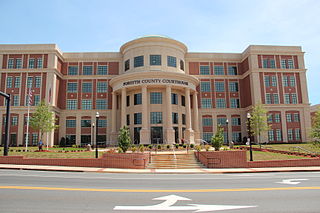
Forsyth County is a county in the northeast portion of the U.S. state of Georgia. Suburban and exurban in character, Forsyth County lies within the Atlanta Metropolitan Area. The county's only incorporated city and county seat is Cumming. At the 2020 census, the population was 251,283. Forsyth was the fastest-growing county in Georgia and the 15th fastest-growing county in the United States between 2010 and 2019.
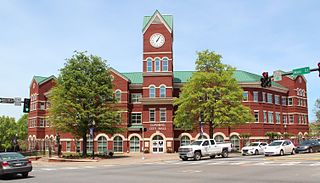
Cumming is a city in Forsyth County, Georgia, United States, and the sole incorporated area in the county. It is a suburban city, and part of the Atlanta metropolitan area. In the 2020 census, the population is 7,318, up from 5,430 in 2010. Surrounding unincorporated areas with a Cumming mailing address have a population of approximately 100,000. Cumming is the county seat of Forsyth County.
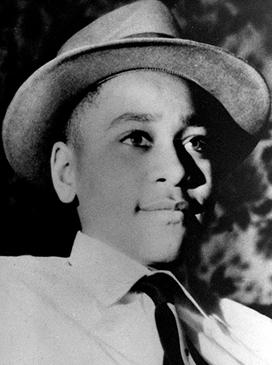
Emmett Louis Till was a 14-year-old African American boy who was abducted, tortured, and lynched in Mississippi in 1955, after being accused of offending a white woman, Carolyn Bryant, in her family's grocery store. The brutality of his murder and the fact that his killers were acquitted drew attention to the long history of violent persecution of African Americans in the United States. Till posthumously became an icon of the civil rights movement.

"Strange Fruit" is a song written and composed by Abel Meeropol and recorded by Billie Holiday in 1939. The lyrics were drawn from a poem by Meeropol published in 1937. The song protests the lynching of Black Americans with lyrics that compare the victims to the fruit of trees. Such lynchings had reached a peak in the Southern United States at the turn of the 20th century and the great majority of victims were black. The song has been called "a declaration" and "the beginning of the civil rights movement".

Eugene Talmadge was an attorney and American politician who served three terms as the 67th governor of Georgia, from 1933 to 1937, and then again from 1941 to 1943. Elected to a fourth term in November 1946, he died before his inauguration, scheduled for January 1947. Only Talmadge and Joe Brown, in the mid-19th century, have been elected four times as governor of Georgia.

Sundown towns, also known as sunset towns, gray towns, or sundowner towns, are all-white municipalities or neighborhoods in the United States that practice a form of racial segregation by excluding non-whites via some combination of discriminatory local laws, intimidation or violence. The term came from signs posted that "colored people" had to leave town by sundown.
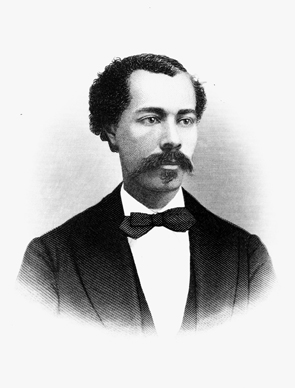
John Roy Lynch was an American writer, attorney, military officer, author, and Republican politician who served as Speaker of the Mississippi House of Representatives and represented Mississippi in the United States House of Representatives.
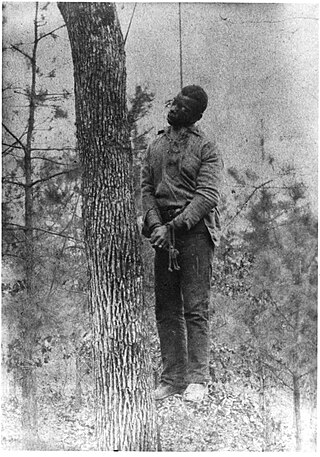
Lynching was the widespread occurrence of extrajudicial killings which began in the United States' pre–Civil War South in the 1830s and ended during the civil rights movement in the 1950s and 1960s. Although the victims of lynchings were members of various ethnicities, after roughly 4 million enslaved African Americans were emancipated, they became the primary targets of white Southerners. Lynchings in the U.S. reached their height from the 1890s to the 1920s, and they primarily victimised ethnic minorities. Most of the lynchings occurred in the American South because the majority of African Americans lived there, but racially motivated lynchings also occurred in the Midwest and border states.
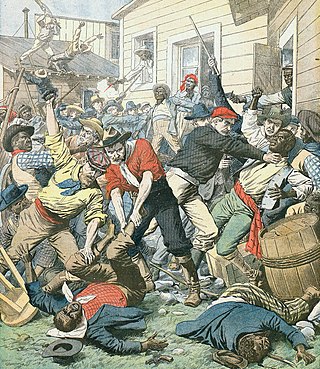
On May 16, 1918, a plantation owner was murdered, prompting a manhunt which resulted in a series of lynchings in May 1918 in southern Georgia, United States. White people killed at least 13 black people during the next two weeks. Among those killed were Hayes and Mary Turner. Hayes was killed on May 18, and the next day, his pregnant wife Mary was strung up by her feet, doused with gasoline and oil then set on fire. Mary's unborn child was cut from her abdomen and stomped to death. Her body was then repeatedly shot. No one was ever convicted of her lynching.

The Moore's Ford Lynchings, also known as the 1946 Georgia lynching, refers to the July 25, 1946, murders of four young African Americans by a mob of white men. Tradition says that the murders were committed on Moore's Ford Bridge in Walton and Oconee counties between Monroe and Watkinsville, but the four victims, two married couples, were shot and killed on a nearby dirt road.
Patrick Phillips is an American poet, writer, and professor. He teaches writing and literature at Stanford University, and is a Carnegie Foundation Fellow and a fellow of the Cullman Center for Writers at the New York Public Library. He has been a Fulbright Scholar at the University of Copenhagen, and previously taught writing and literature at Drew University. He grew up in Georgia and now lives in San Francisco.
A racial hoax occurs when a person falsely claims that a crime was committed by member of a specific race. The crime may be fictitious, or may be an actual crime.

Carol Anderson is an American academic. She is the Charles Howard Candler professor of African American Studies at Emory University. Her research focuses on public policy with regard to race, justice, and equality.

In Forsyth County, Georgia, in September 1912, two separate alleged attacks on white women in the Cumming area resulted in black men being accused as suspects. First, a white woman reportedly awoke to find a black man in her bedroom; then days later, a teenage white woman was beaten and raped, later dying of her injuries.

The Perry massacre was a racially motivated conflict in Perry, Florida, in December 1922. Whites killed four black men, including Charles Wright, who was lynched by being burned at the stake, and they also destroyed several buildings in the black community of Perry after the murder of Ruby Hendry, a white female schoolteacher.
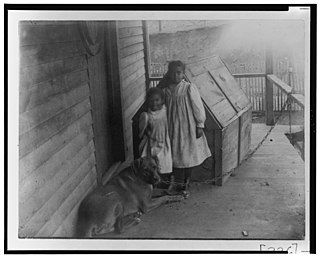
African-American Georgians are residents of the U.S. state of Georgia who are of African American ancestry. As of the 2010 U.S. Census, African Americans were 31.2% of the state's population. Georgia has the second largest African American population in the United States following Texas. Georgia also has a Gullah community. African slaves were brought to Georgia during the slave trade.
Blood at the Root is a play by Dominique Morisseau that premiered in 2014 at Pennsylvania State University. The title Blood at the Root comes from the song Strange Fruit about the lynchings of African Americans in the South. The show was based on the Jena Six.

Jake "Shake" Davis was a 62-year-old African-American man who was lynched in Miller County, Georgia by a white mob on July 14, 1922. According to the United States Senate Committee on the Judiciary it was the 38th of 61 lynchings during 1922 in the United States.
The 1987Forsyth County protests were a series of civil rights demonstrations held in Forsyth County, Georgia, in the United States. The protests consisted of two marches, held one week apart from each other on January 17 and January 24, 1987. The marches and accompanying counterdemonstrations by white supremacists drew national attention to the county. The second march was attended by many prominent civil rights activists and politicians, including both of Georgia's U.S. senators, and attracted about 20,000 marchers, making it one of the largest civil rights demonstrations in United States history.















